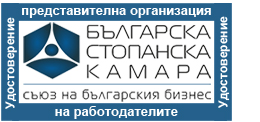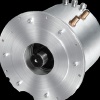Индустриален клъстер "Електромобили" - Учредители:








 |

|

|
| Актуално | За клъстера | Екип | Членове | Документи | Анализи | Услуги | Стани член | Награди | ССЕМ | Контакти |
ИКЕМ - Индустриален клъстер "Електромобили" | Събота, 26.04.2025 | |
|
Electrification of Road Transport
Electrified mobility is currently given first priority in the US, Japan, China, Korea and EU. The • Primary energy savings • Cut of GHG emissions • Reduction of noxious emissions • Range and speed • Cost of technology and constraints on raw materials
Furthermore, based on surveys among major European companies from the automotive and
Electrification of road transport generally can refer to vehicles of many kinds including bikes,
This report has been prepared by a task force team of members of the European Technology |
Продукти 
Комплектна система за задвижване на електромобилиСистемата за електрозадвижване обхваща гама с три основни типоразмера на ел. мощност със съответните компоненти - електромотор и контролер. oще ...Виж всички продуктиАнкета с продължение...
|
|
|
 ЕВРОПЕЙСКИ СЪЮЗ Европейски фонд за регионално развитие Инвестираме във вашето бъдеще |
 |
 ОПЕРАТИВНА ПРОГРАМА „Развитие на конкурентоспособността на българската икономика” 2007-2013 www.opcompetitiveness.bg |
|
Интернет страницата е създадена с финансовата подкрепа на ЕФРР, в рамките на проект „Развитие на Индустриален Клъстер Електромобили” по ДБФП К-02-2/28.09.2011 г. |
|||